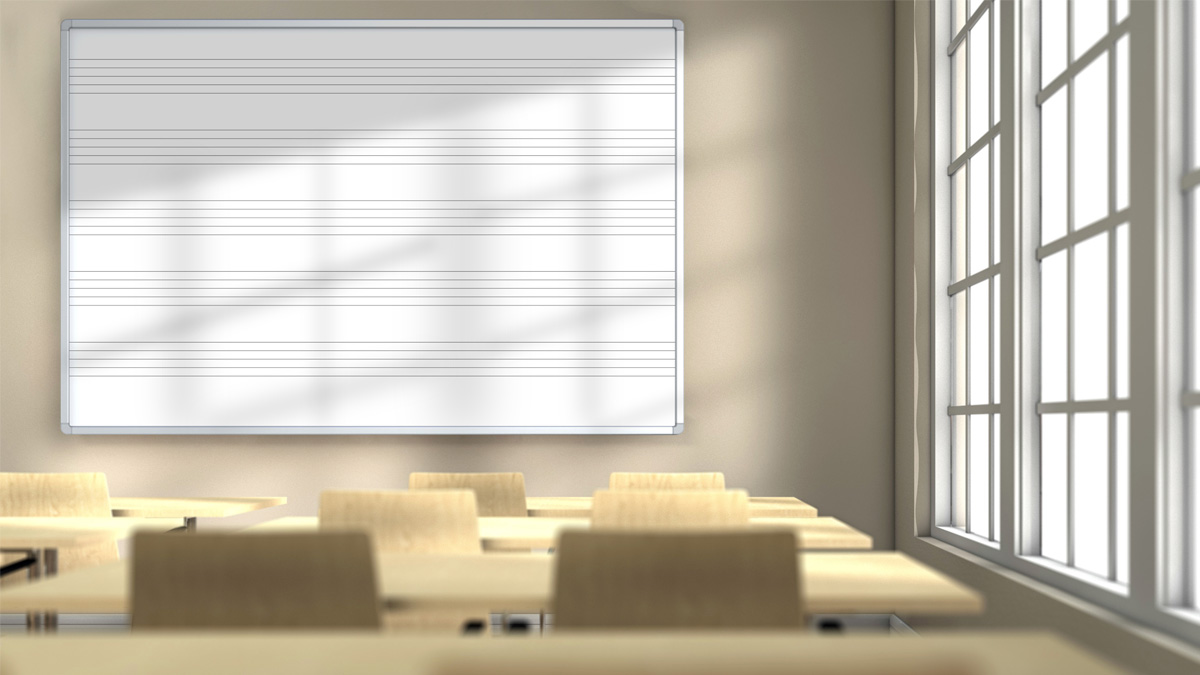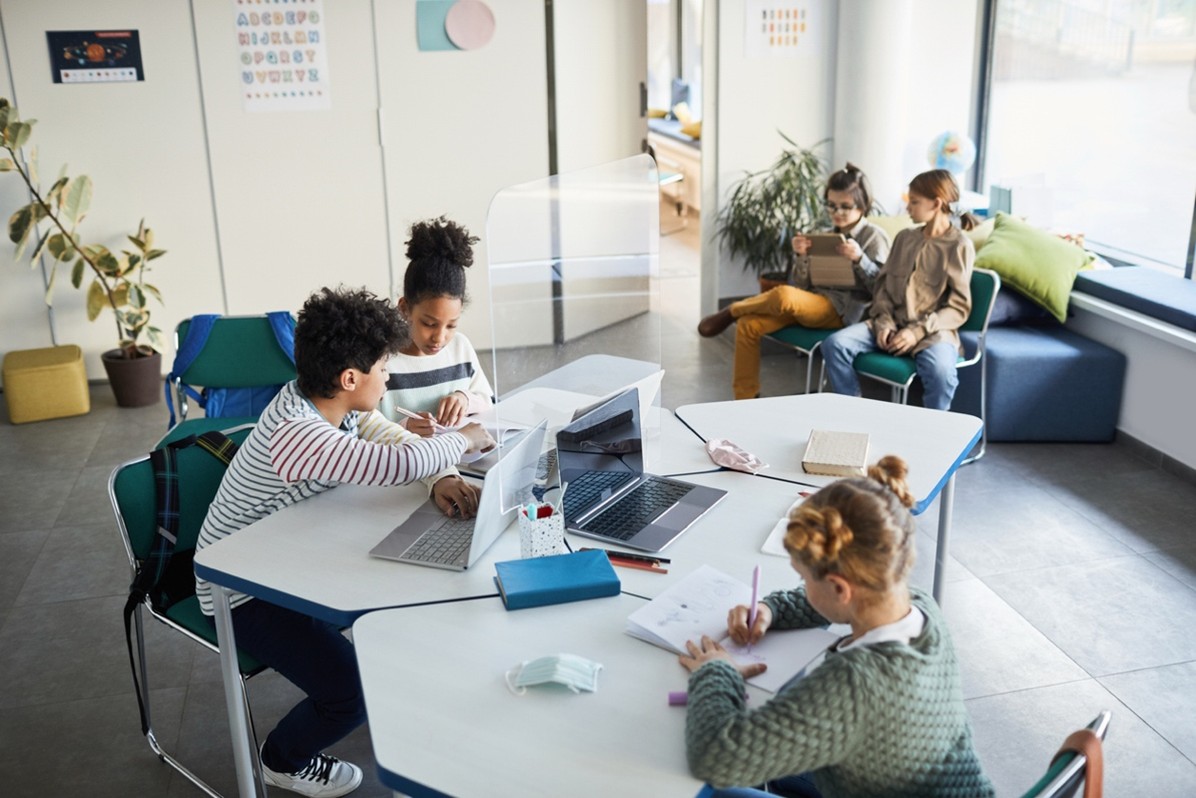As our world becomes increasingly urbanized, integrating nature into educational environments is gaining traction. The concept of biophilia—our innate connection to nature—has been shown to improve well-being, concentration, creativity, and reduce stress, especially in schools. This article explores how biophilia can create healthier, more engaging learning environments and why this approach is becoming essential in modern educational design.
Understanding Biophilia and Its Educational Impact
Harvard biologist Edward O. Wilson introduced the term “biophilia” in the 1980s, suggesting that humans have an inherent affinity for nature rooted in our evolutionary history. For millennia, humans have relied on natural elements such as plants, water, and sunlight for survival, which also affects our mental and emotional well-being. A simple walk in nature can boost our mood, reduce stress, and improve our overall sense of well-being.
Biophilia plays an important role in education. Research has demonstrated that incorporating natural elements into learning environments can lead to improved student outcomes. A study by Terrapin Bright Green highlights the benefits of biophilic design in classrooms, including increased concentration, enhanced memory, greater creativity, and lower stress levels. These findings suggest that exposure to nature helps students thrive both academically and emotionally.
The Role of Biophilic Design in Schools
Biophilic design in schools involves a holistic approach that integrates natural elements into the learning environment. This can include natural light, indoor plants, outdoor learning spaces, and materials that mimic natural textures and patterns.
One innovative example is the Vireo hydroponic gardening project, where indoor gardens are installed in classrooms or dedicated spaces within schools. These gardens allow students to grow vegetables and herbs, providing hands-on learning experiences. The process of caring for plants gives students a sense of responsibility and accomplishment while creating a calming atmosphere that helps them focus on their studies.
The Vireo project exemplifies how biophilic design can be both educational and therapeutic. Gardening teaches students about biology, ecology, and sustainable practices, and provides an experiential learning opportunity where they can observe plant growth and appreciate the balance of ecosystems.
Social-Emotional Benefits of Biophilia in Education
In an era of increasing stress and anxiety among students, reconnecting with nature through biophilic design provides much-needed respite and support. Studies show that students with access to natural environments experience lower levels of cortisol, the hormone associated with stress, leading to improved mood, better focus, and a greater ability to meet academic challenges. Additionally, exposure to nature has been linked to increased serotonin levels, contributing to happiness and well-being.
Key Social-Emotional Benefits:
-
Reduces Stress: Natural elements help students manage stress, creating a more positive learning environment.
-
Enhances Focus and Mood: Lower cortisol levels and higher serotonin levels lead to improved concentration and overall well-being.
-
Fosters Environmental Stewardship: Regular exposure to nature encourages students to appreciate and protect the natural world, cultivating future eco-citizens who value sustainability.
Practical Strategies for Implementing Biophilia in Schools
Creating a biophilic learning environment doesn’t require a complete overhaul. Schools can employ practical strategies to bring nature into the classroom:
-
Maximize natural light: Exposure to natural light improves mood, enhances concentration, and boosts academic performance. Schools can design classrooms with large windows or skylights and position them to take advantage of sunlight, which helps regulate students’ circadian rhythms and improve sleep patterns.
-
Incorporate indoor plants: Plants purify the air and create a calming atmosphere. Schools can use low-maintenance indoor plants such as spider plants, snake plants, and peace lilies to bring the benefits of nature, even in urban areas.
-
Create outdoor learning spaces: Gardens and green courtyards provide hands-on experiences that connect students to nature. These spaces can be used for multiple subjects, making learning more engaging and relevant while teaching about the life cycle of plants and sustainable practices.
-
Use natural materials and colors: Incorporating materials such as wood, stone, and bamboo, as well as natural colors, creates a soothing and inviting atmosphere that enhances the biophilic experience.
The Future of Biophilia in Education
As the evidence for biophilia grows, more schools are likely to adopt these practices. The push for more sustainable, eco-friendly schools is not just about reducing environmental impact; it’s about creating environments where students can thrive. By bringing nature into the classroom, schools can create a holistic educational experience that nurtures the mind, body, and spirit.
Integrating biophilia into education is a promising way to improve cognitive skills, support emotional well-being, and foster a lifelong appreciation for the environment. It’s essential to prioritize the natural world in education to ensure that the next generation is academically successful, environmentally conscious, and emotionally resilient.
Come see Vireo Education in action at EDspaces 2024 in Houston, Nov. 12-14 and learn more about enhancing education through nature.












